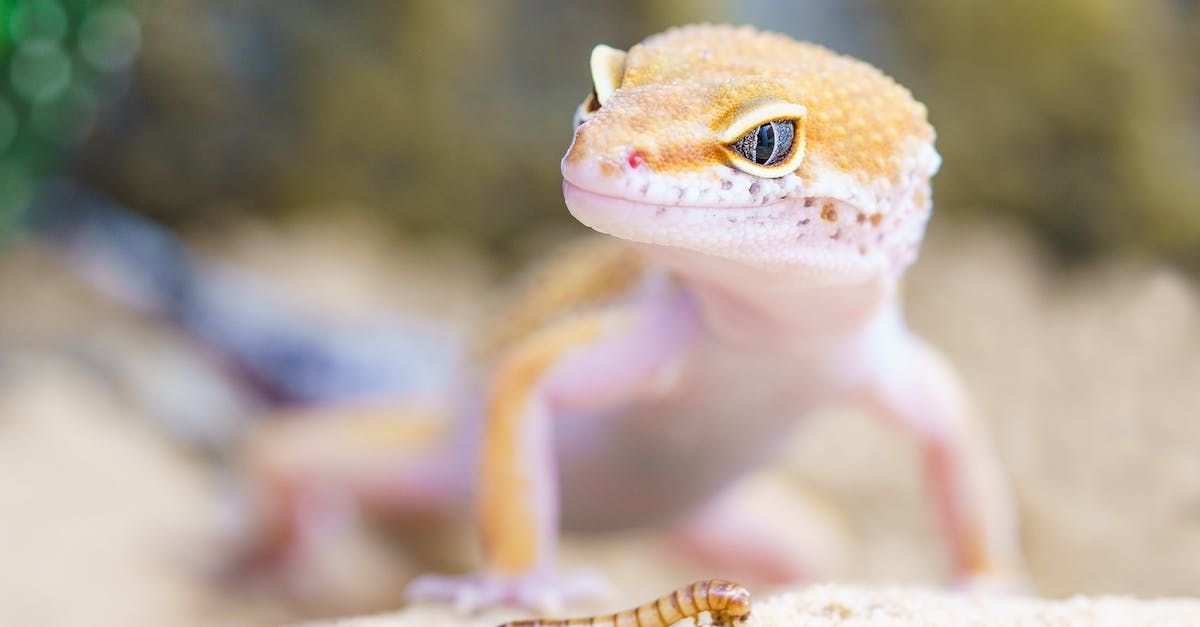Today, we shall explore the fascinating world of folklore and how reptiles are portrayed within it. As you may already know, folklore is the stuff of legends, myths, and superstitions – and it’s a fantastic way to understand how different cultures view the world around them.
Reptiles, with their scales and slithering ways, are often portrayed as creatures of both beauty and terror. Take dragons, for example. They have been a staple of folklore for centuries, appearing in tales from ancient China all the way to modern-day Game of Thrones. These powerful flying beasts are often depicted as fierce, fire-breathing creatures, hoarding treasure and terrorizing entire villages.
Yet not all reptiles are feared and loathed. In some cultures, turtles are revered as symbols of longevity, wisdom, and good luck. And who can forget the legend of the phoenix – a magical bird that is reborn from its own ashes? Although not technically a reptile, it shares many of the same characteristics – a fascinating creature, to be sure!
Join me as we delve into the strange and wondrous world of folklore, and discover just how fascinating these reptilian creatures truly are.
Introduction to Reptiles in Folklore

Reptiles have always been a source of fascination for humans, both in the scientific world as well as in folklore. In many cultures, these animals have been portrayed as magical creatures, symbols of power, and even deities. Snakes, in particular, have been the subject of various myths and legends, both positive and negative. Let’s explore how reptiles have been portrayed in folklore throughout history.
- The symbolism of reptiles: Reptiles have been used as symbols of various concepts in folklore. Snakes, in particular, have symbolized rebirth, creation, and transformation in many cultures. The ouroboros, a symbol of a snake or dragon eating its own tail, is seen in Egypt, India, and Greece as a symbol of cyclicality and eternal return.
- Reptiles in creation myths: In many cultures, reptiles are featured in creation myths. In ancient Mesopotamian mythology, Tiamat, a dragon-like creature, is seen as the mother of all creation. In Hinduism, snakes are seen as powerful celestial beings who guard the universe. In other cultures, such as in Australia, the Rainbow Serpent is believed to have created the world.
- Reptilian deities: Many cultures worship reptiles as deities. In ancient Egypt, the god Sobek was depicted as a crocodile and was considered a god of fertility and protection. The Aztecs worshipped Quetzalcoatl, a feathered serpent who was believed to have brought knowledge and wisdom to humanity. In Hinduism, the Nagas are a group of large, supernatural serpents who are worshipped as protectors of the earth and water.
- Reptiles in folk tales: Reptiles feature prominently in many folk tales, with snakes often portraying negative characters, such as in the story of the Garden of Eden. In other tales, such as the story of Medusa in Greek mythology, snakes can also represent power and transformation. In many Native American stories, snakes are considered symbols of healing and regeneration.
In conclusion, reptiles have been an integral part of folklore throughout history, playing roles both positively and negatively. They have been used as symbols of creation, transformation, and power and have been worshiped as deities in various cultures. Reptiles continue to intrigue and fascinate us today and will likely continue to do so for years to come.
Snake symbolism and significance
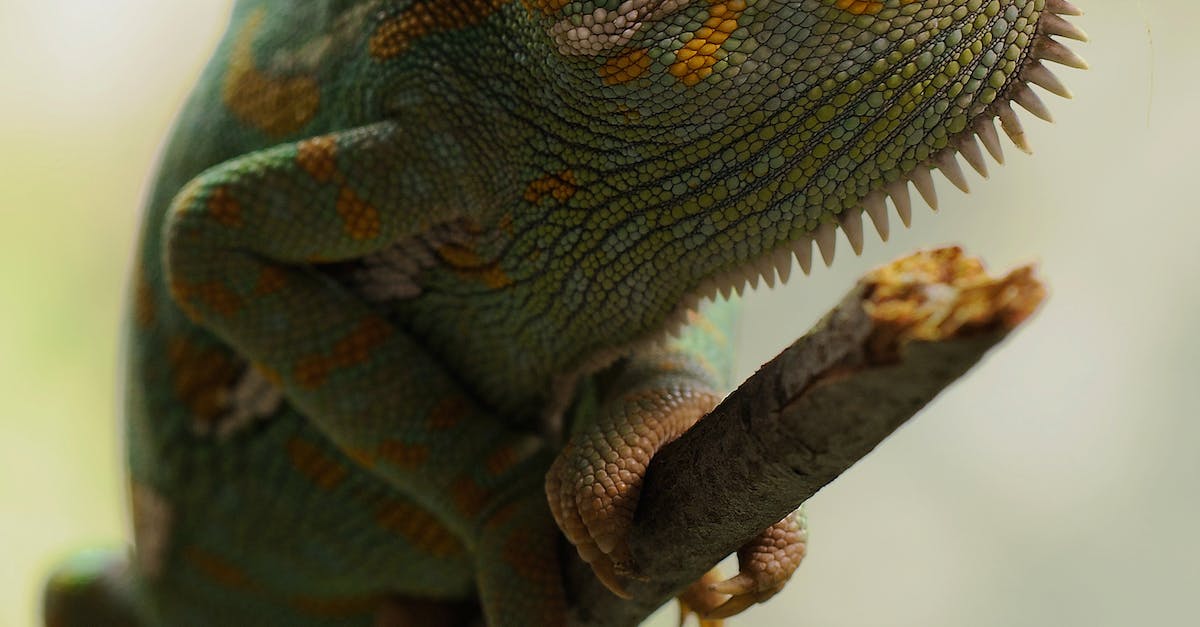
As one of the most controversial and intriguing creatures on earth, it’s no surprise that reptiles have been the subject of countless myths, legends, and folklore throughout history. When it comes to snake symbolism, these fascinating creatures have played both positive and negative roles in stories and traditions around the world.
In many cultures, snakes are associated with rebirth and transformation due to their ability to shed their skin and emerge renewed. In some Native American cultures, the snake is even seen as a powerful medicine animal with the ability to heal and bring about transformation. However, in other traditions, snakes are seen as ominous symbols of evil and danger.
-

Beaded Dragon Fan Exclusive: ‘Original Hipster’ T-Shirt – Wear Your Unique Style with Pride – Unisex t-shirt
£13.00 – £20.50 Select options This product has multiple variants. The options may be chosen on the product page -

Chinese Water Dragon Aquatic Mastery Tee: Dive into Elegance with Our Exclusive Reptile Enthusiast Shirt – Unisex t-shirt
£13.00 – £20.50 Select options This product has multiple variants. The options may be chosen on the product page
In Christianity, for example, the snake is often portrayed as a symbol of Satan and temptation. In the Garden of Eden story, it is the serpent who convinces Eve to eat the forbidden fruit, ultimately leading to the downfall of humanity. Similarly, in Hindu mythology, the snake is associated with deceit and temptation, personified by the serpent demon, Naga.
Despite their often negative connotations, snakes are also seen as symbols of wisdom, knowledge, and protection. In some African cultures, the python is revered as a sacred animal symbolizing the power of the earth and the wisdom of the ancestors. In ancient Egypt, the cobra was an important religious symbol representing protection and royalty, often depicted on the pharaohs’ headdresses.
Overall, snake symbolism varies greatly depending on the culture and time period, but one thing is certain – these slithery creatures have left a lasting impression on our collective imagination. Whether seen as symbols of transformation, danger, or protection, snakes continue to captivate and intrigue us with their unique place in our folklore and mythology.
Dragon lore and myths
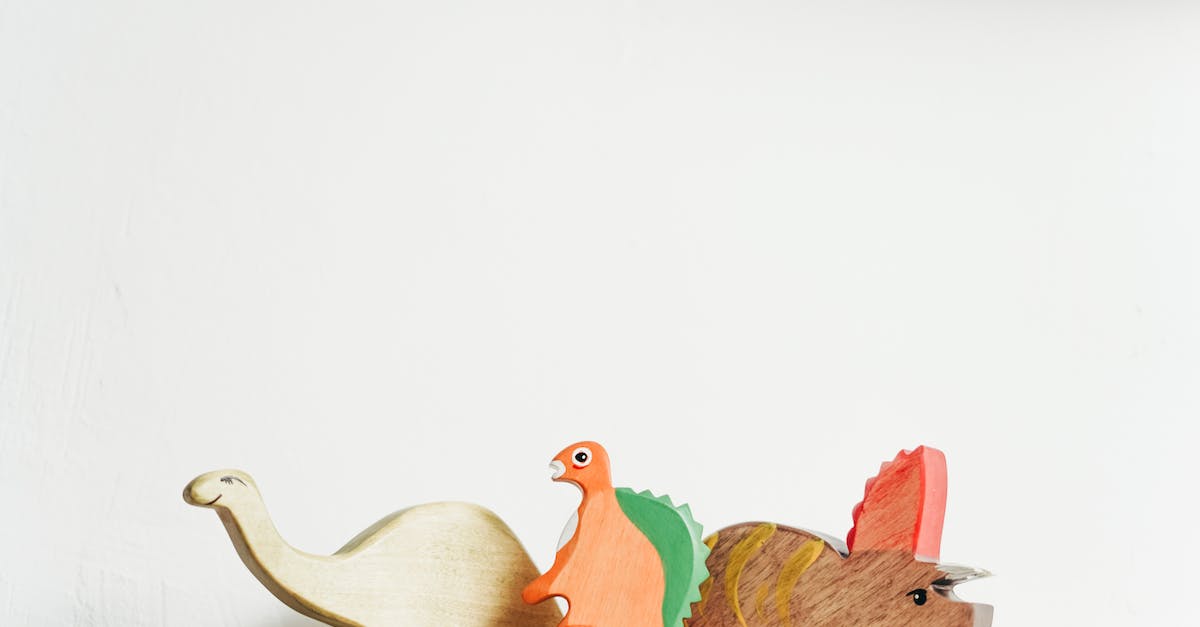
As David Attenborough would say, reptiles have been a part of human history for as long as we can remember. One of the most prominent reptilian creatures in folklore is a dragon.
Dragons are prominent in Chinese mythology as symbols of power and good luck. They are believed to have control over the elements of nature and are highly respected in Chinese culture. In European folklore, however, dragons were often depicted as fire-breathing monsters that needed to be defeated by brave knights.
One common legend in Western culture is that dragons hoard treasure, such as gold, jewels, and precious artifacts. In many stories, dragons are killed to obtain their treasure, making them the villain of the story. However, in some cultures, such as Native American folklore, snakes and serpents were revered and seen as a symbol of transformation and regeneration.
Despite their negative portrayal in many stories, dragons continue to be popular creatures in modern media. From Game of Thrones to the now-iconic Harry Potter franchise, dragons have captured the imagination of audiences around the world.
In conclusion, the depiction of reptiles in folklore has varied greatly throughout history and across different cultures. While dragons are often portrayed as dangerous villains in Western cultures, they are seen as auspicious and powerful creatures in Eastern cultures. Regardless of their portrayal, reptiles and their mythical counterparts have captured the imagination of people for centuries.
Crocodile and alligator folklore
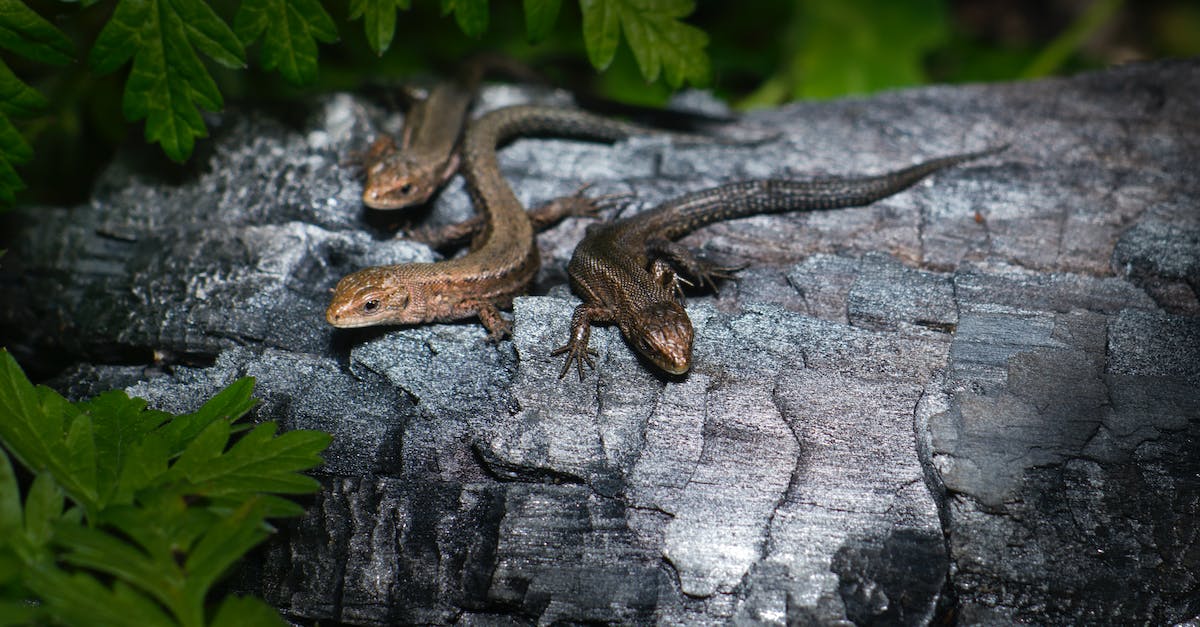
Crocodiles and alligators have been used in folklore around the world, often portrayed as powerful and dangerous creatures. In some cultures, they are even revered as sacred animals. Here are some examples of crocodile and alligator folklore:
- The Crocodile in Egyptian Mythology: In ancient Egypt, the goddess Sobek was often depicted as a crocodile or a man with a crocodile head. Sobek was seen as a protective deity, and many people feared and respected the crocodile as a representation of Sobek’s power.
- The Alligator in Native American Folklore: Many Native American tribes depicted the alligator as a symbol of strength and bravery. The Seminole tribe in Florida believed that alligators were spirits that protected the waters and the animals that lived in them. They also believed that alligator teeth had healing properties.
- The Crocodile in Australian Aboriginal Folklore: In Australian Aboriginal culture, crocodiles are often portrayed as dangerous and unpredictable but also revered as ancient and powerful beings. The Yoruba people of West Africa also have a crocodile deity called Oshunmare, who is seen as a symbol of fertility and abundance.
- The Crocodile in Chinese Mythology: The Chinese dragon, often seen as a symbol of power and good fortune, is believed to have been inspired by crocodiles. In Chinese art, the dragon is often depicted with the crocodile’s scaly skin and sharp teeth. In some Chinese myths, feeding a crocodile was believed to bring good luck and prosperity.
Overall, crocodiles and alligators have played an important role in folklore and mythology around the world, representing everything from protection and strength to danger and unpredictability.
Lizard symbolism and cultural significance
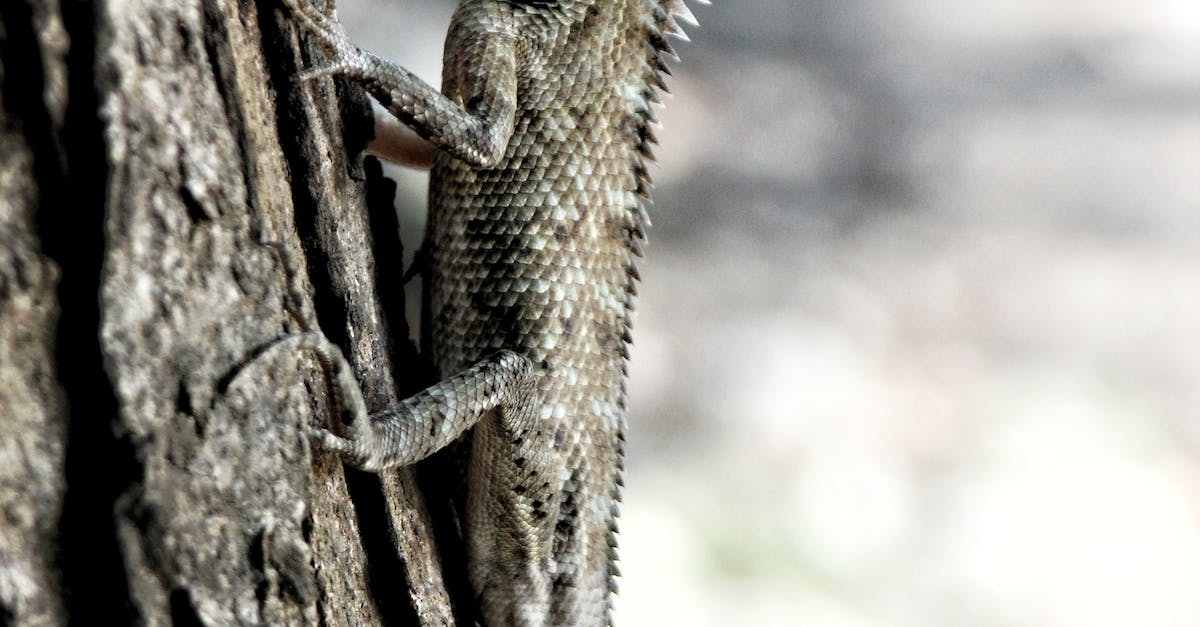
Lizards have been a part of human culture for centuries, and their symbolism varies widely depending on the context. Here are some examples of how lizards have been portrayed in different cultures:
- In ancient Egypt, lizards were associated with rebirth and regeneration. They were often depicted alongside the god of creation, Atum, and were believed to have the power to bring new life into the world.
- In Native American cultures, lizards were seen as symbols of agility and adaptability. They were also believed to possess healing powers and were sometimes used in traditional medicine.
- In some African cultures, lizards were seen as guardians of the home. It was believed that they could protect against evil spirits and bring good luck to those who treated them with respect.
- In Australian Aboriginal culture, lizards were often associated with dreaming (a concept similar to spirituality or the supernatural). They were believed to have the power to communicate with the spiritual world and help guide humans on their life paths.
- In modern Western culture, lizards are often seen as symbols of freedom and independence. They are also associated with transformation and metamorphosis (e.g., in the classic story of “The Frog Prince”).
Overall, the symbolism and cultural significance of lizards varies widely depending on the context. Whether they are seen as guardians, healers, or agents of transformation, lizards have played an important role in human culture for centuries.
The enduring influence of reptilian folklore

As David Attenborough once said, “There is no doubt that reptiles are the most neglected of all vertebrates in terms of their popular appeal.” While this may be true, reptiles have had a significant presence in folklore around the world.
In many cultures, reptiles were seen as powerful symbols of both good and evil. For example, in Egyptian mythology, the crocodile was viewed as a representation of the god Sobek, who was associated with fertility and protection. Similarly, in Hindu mythology, snakes are often worshipped as symbols of power and protection.
However, in other cultures, reptiles were seen as evil or sinister. In Christian mythology, the serpent is depicted as the embodiment of Satan, tempting Eve in the Garden of Eden. In Greek mythology, the hydra was a many-headed serpent that wreaked havoc on towns and villages.
Despite the varying depictions of reptiles in folklore, their influence has endured through generations. Many cultures continue to revere and respect reptiles for their perceived powers and abilities. In some cases, they are even worshipped as divine beings.
In conclusion, while many people may view reptiles as unappealing or frightening, their prevalence in folklore shows that they hold significant cultural and symbolic value. By understanding the ways in which reptiles have been portrayed in folklore throughout history, we can gain a deeper appreciation for their place in our world.
Conclusion
And that, my dear reader, is how reptiles have been portrayed in folklore throughout the ages. From heroes to villains, protectors to tricksters, these cold-blooded creatures have fascinated and inspired us for millennia.
But let’s not forget that the way reptiles are portrayed in folklore is not necessarily reflective of their true nature. Despite their often fearsome reputation, many reptiles are not only harmless to us humans but also play vital roles in their ecosystems.
So, next time you encounter a snake or lizard in the wild, perhaps take a moment to appreciate the creature for what it truly is rather than for what centuries of myth and legend have made it out to be.
And who knows, maybe one day we will even have our own real-life dragon or basilisk to marvel at, though I wouldn’t count on it just yet!
Until then, keep exploring the world of reptiles and all the amazing stories they have to tell. Who knows what other fascinating creatures and tales await us in the great outdoors?

